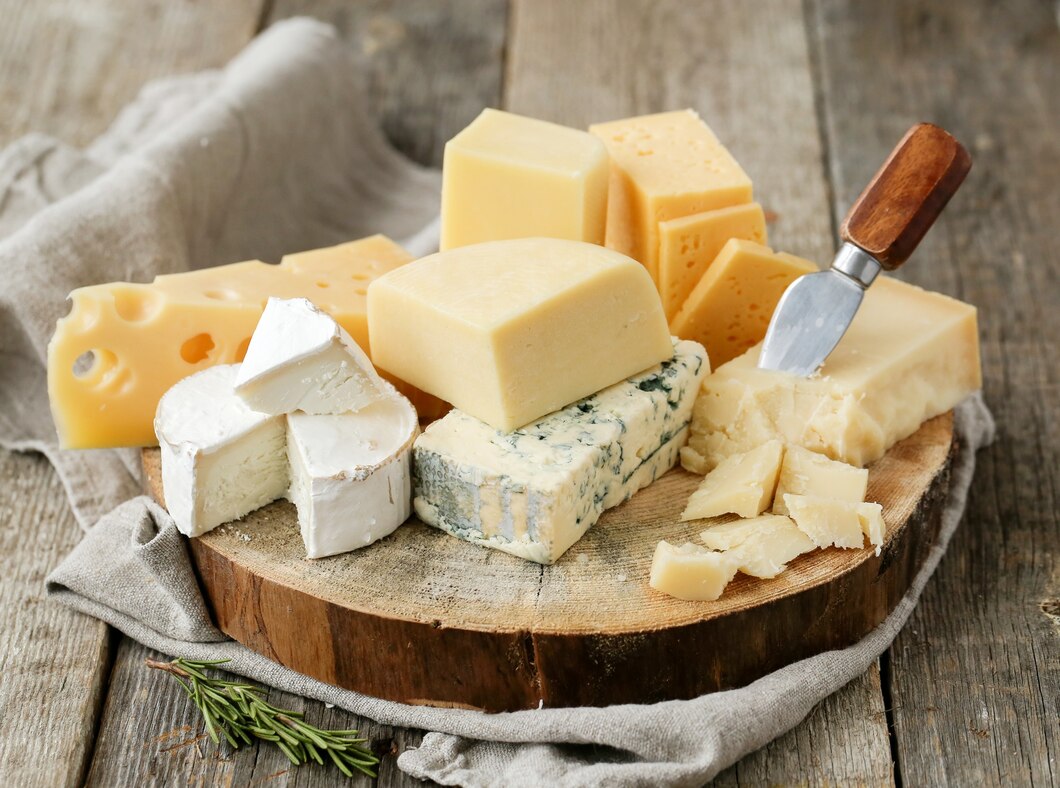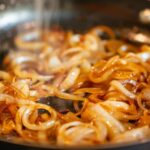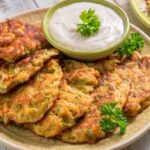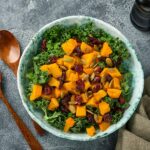Mold is a type of fungus that can grow on various foods, often invisible to the naked eye. While some molds are harmless, others can produce toxic compounds called mycotoxins, which can lead to serious health problems if ingested. Here are 10 common foods that can become poisonous due to unseen molds.
1. Bread
Bread is one of the most common foods susceptible to mold growth. Even if only a small spot of mold is visible, the mold’s roots, called hyphae, can spread deep into the loaf. Consuming moldy bread can lead to respiratory problems, allergic reactions, and, in severe cases, mycotoxin poisoning.
2. Nuts
Nuts, especially peanuts, almonds, and walnuts, are prone to mold contamination, particularly by Aspergillus species, which produce aflatoxins. Aflatoxins are potent carcinogens and can cause liver damage when consumed over time.
3. Cheese
While some cheeses like blue cheese and Brie are made with safe, edible molds, others can harbor dangerous molds if stored improperly. Soft cheeses like cottage cheese, cream cheese, and ricotta are particularly vulnerable. If you see any mold on soft cheese, it’s best to discard the entire product, as mold can penetrate quickly.
4. Dried Fruits
Dried fruits like raisins, apricots, and figs can develop mold during storage, especially if kept in humid conditions. Mycotoxins in moldy dried fruits can cause digestive issues and weaken the immune system.
5. Grains
Cereal grains like wheat, corn, and rice can be contaminated with mold during storage. The molds can produce mycotoxins such as ochratoxin and zearalenone, which can have harmful effects on the kidneys, liver, and reproductive system.
6. Peanut Butter
Peanut butter, although processed, can still contain mold if the peanuts used were contaminated. The aflatoxins present in moldy peanuts can survive the processing and pose a risk to consumers, particularly when eaten in large quantities over time.
7. Coffee Beans
Coffee beans can develop mold during the drying process if not handled correctly. Ochratoxin A, a common mycotoxin found in moldy coffee beans, can be toxic to the kidneys and may also contribute to immune system suppression.
8. Berries
Berries, such as strawberries, raspberries, and blueberries, can develop mold quickly due to their high moisture content. Mold on berries can be toxic and cause allergic reactions, respiratory problems, or even food poisoning.
9. Tomato Products
Tomatoes and tomato-based products, including sauces and ketchup, are susceptible to mold growth. If mold is visible, it’s likely that the entire product is contaminated. Consuming moldy tomato products can lead to digestive issues and mycotoxin exposure.
10. Spices
Spices like paprika, pepper, and nutmeg can harbor mold, especially if stored in damp or humid environments. Mycotoxins in contaminated spices can cause a range of health issues, including immune suppression and gastrointestinal disturbances.
How to Protect Yourself from Mold in Foods
To minimize the risk of consuming foods contaminated with unseen molds, follow these tips:
- Store Foods Properly: Keep foods in dry, cool, and well-ventilated areas. Use airtight containers to prevent moisture buildup.
- Check Expiration Dates: Regularly check the expiration dates on perishable foods, and discard any items past their prime.
- Inspect Food Before Eating: If a food item appears to have mold, has an off smell, or shows signs of spoilage, it’s safer to throw it away.
- Buy in Small Quantities: Purchase smaller quantities of foods like nuts, dried fruits, and spices to reduce the time they spend in storage.
- Refrigerate Perishables: Foods like bread, berries, and soft cheeses should be refrigerated to slow mold growth.
Mold contamination in food is a serious concern that can lead to health complications. By being vigilant about how you store and inspect your food, you can reduce the risk of consuming harmful molds. When in doubt, it’s always better to err on the side of caution and discard any food that seems suspect. Your health is worth more than the cost of replacing a potentially contaminated item.








